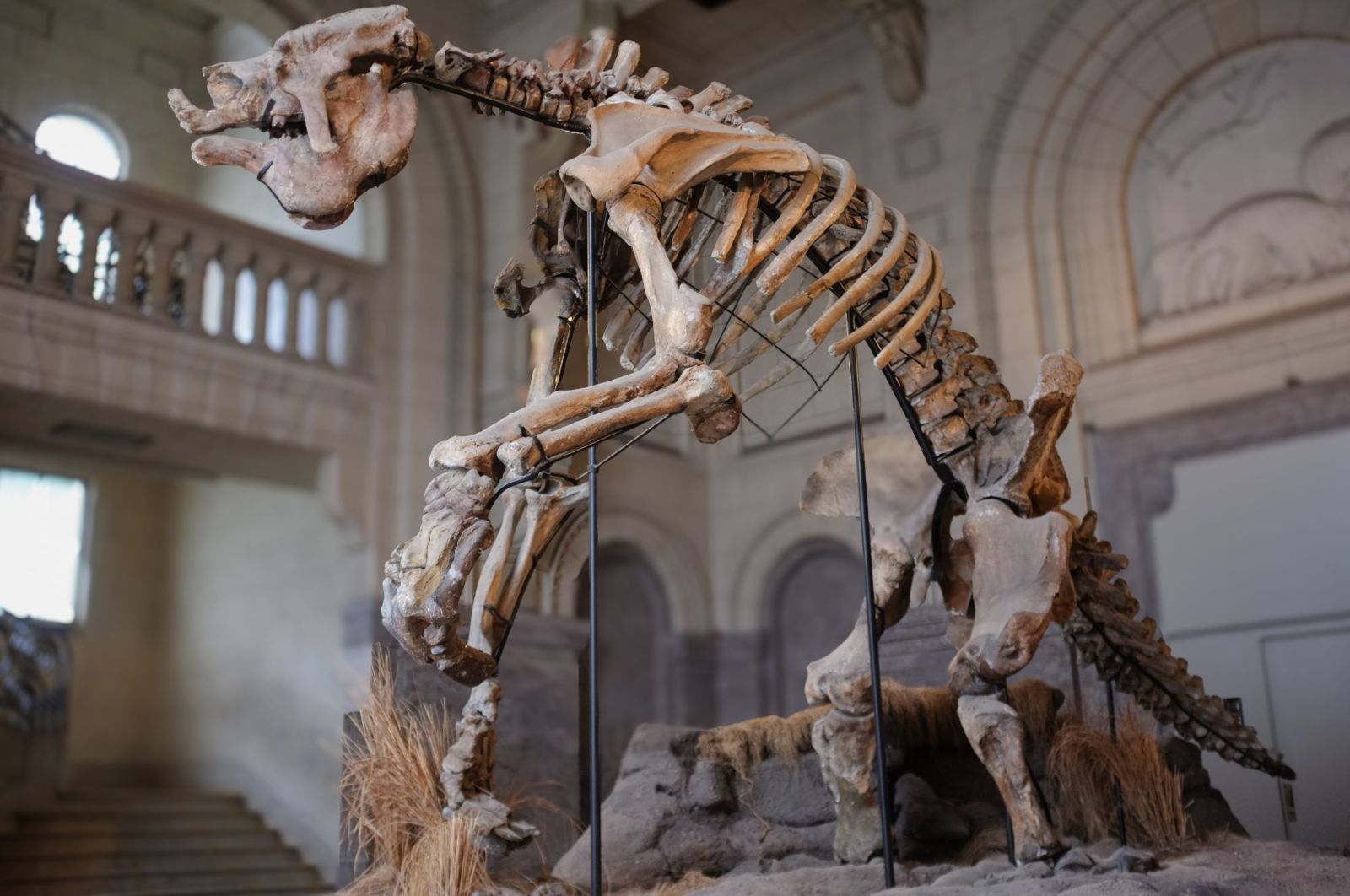Follow us on Google News (click on ☆)
A recent study published in Science traces the evolution of these mammals over 35 million years. By analyzing fossil DNA and environmental data, researchers discovered their size was closely linked to climate changes.

Ancient sloths lived in trees, mountains, deserts, boreal forests, and open savannas. These habitat differences mainly explain the wide variation in size among sloth species.
Illustration by Diego Barletta
Giants adapted to their environment
The Megatherium, the largest known sloths, weighed up to nearly 4 tons (3.6 metric tons). Their size allowed them to reach treetops, much like giraffes, and resist predators. Some species, like the Mylodontids, had bony nodules under their skin, a feature they share with modern armadillos.
Other, much smaller sloths lived in trees. Their limited weight, often less than 33 lbs (15 kg), was necessary to avoid falls. Semi-arboreal species, weighing up to 200 lbs (90 kg), alternated between the ground and branches.
Some sloths even conquered aquatic environments. Thalassocnus, for example, fed on marine algae and displayed adaptations similar to manatees, such as dense ribs for buoyancy.

Sloths originated and primarily evolved in South America, but reached the Caribbean and Florida by the late Miocene. When the Isthmus of Panama rose above sea level about 3 million years ago, sloths of various species migrated north, reaching Canada and Alaska before disappearing.
Photo by Alberto Boscaini
The end of an era: humanity's role
During ice ages, the large size of ground sloths gave them an advantage against the cold. But 15,000 years ago, their decline accelerated, coinciding with human arrival in America.
Slow and non-aggressive, these giants were easy prey. Only the more discreet tree-dwelling sloths survived longer. Two Caribbean species persisted until 4,500 years ago before disappearing in turn.
Researchers emphasize that this mass extinction doesn't match climate variations, but rather human impact - a scenario repeating today with other threatened species.